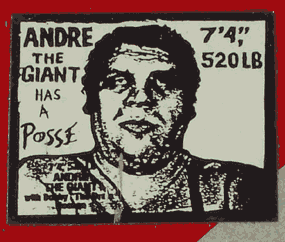Public Street Art



Pavel Puhov
Slogans of protest and political or social commentary graffitied onto public walls are the precursor to modern graffiti and street art, and continue as one aspect of the genre. Street art in the form of text or simple iconic graphics in the vein of corporate icons become well-known yet enigmatic symbols of an area or an era.[10] Some credit the Kilroy Was Here graffiti of the World War II era as one such early example; a simple line-drawing of a long-nosed man peering from behind a ledge. Author Charles Panati indirectly touched upon the general appeal of street art in his description of the “Kilroy” graffiti as “outrageous not for what it said, but where it turned up”.[11]
The 2010 recreation of Keith Haring’s original 1982 mural; New York’s Bowery Mural wall, Houston Street.
Much of what can now be defined as modern street art has well-documented origins dating from New York City’s graffiti boom, with its infancy in the 1960s, maturation in the 1970s, and peaking with the spraypainted full-car subway train murals of the 1980s centered in the Bronx. As the 1980s progressed, a shift occurred from text-based works of early in the decade to visually conceptual street art such as Richard Hambleton’s shadow figures (pictured above).[12] These years coincide with Keith Haring’s subway advertisement subversions and Jean-Michel Basquiat’s SAMO tags. What is now recognized as “street art” had yet to become a realistic career consideration, and offshoots such as stencil graffiti were in their infancy. Wheatpasted poster art used to promote bands and the clubs where they performed evolved into actual artwork or copy-art and became a common sight during the 1980s in cities worldwide.[citation needed] The group working collectively as AVANT were also active in New York during this period.[13] Punk rock music’s subversive ideologies were also instrumental to street art’s evolution as an art form during the 1980s.
